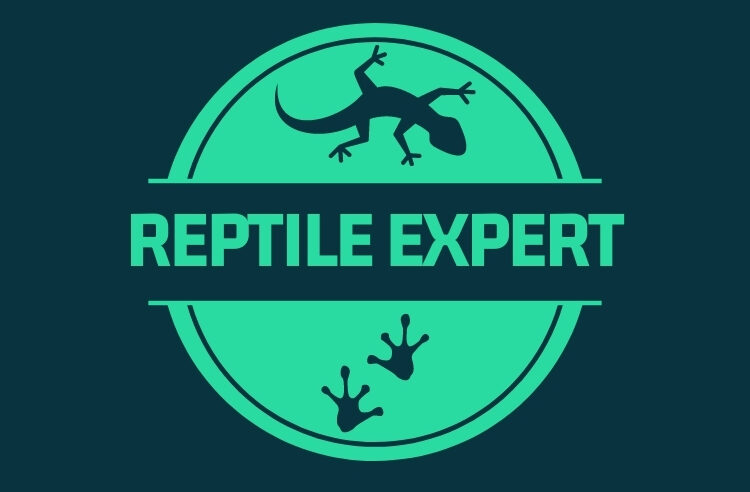For most reptile fans, the prospect of being able to see a real-live dinosaur wouldn’t be something to miss – from a safe distance, of course!
While that’s obviously not really going to happen, at least not until someone does get round to some pretty clever Jurassic Park-style cloning, it is perfectly possible to meet up with one reptile that’s even older than Tyrannosaurus rex and its relatives.
That unassuming and ancient creature is New Zealand’s Tuatara.
Unique Anatomy
Although it looks a lot like a slightly drab iguana, underneath its rather un-remarkable looking exterior, the Tuatara hides a range of anatomical features that place it firmly and uniquely into a group all of its own – the order Sphenodontia (once known as the Rhynchocephalia). Perhaps the most significant of these lie in its skull, which has a structure quite unlike any other living reptile with additional bony arches, a firmly attached lower jaw and an arrangement of teeth that is not seen in modern lizards or crocodilians.
It also famously has the best developed pineal or third eye of any animal, which is particularly easily seen in young specimens under a translucent scale, but becoming skinned-over as the creature gets older. Although it has a retina and an optic nerve that enters the brain through a hole in the top of the animal’s head, it doesn’t form an actual image; it is thought that it may play a role in helping the Tuatara judge the time of day or season, but no one seems entirely sure.
Primitive Features
The Tuatara’s relatives were remarkably successful in their day and in the late Permian and early Triassic eras, they spread out across the world – although admittedly back then all the land was connected, which made things a lot easier! Most of them were to die out either before or around the same time as the dinosaurs, but the Tuatara itself survived and continues to cling on, although it is now largely confined to the islands around New Zealand, where introduced predators have not managed to reach.
As a result of its great antiquity, the Tuatara has held on to many of the primitive features from earlier times and is often used as an example of the most basic reptile design you can find. It’s important to remember that although being described as “primitive” sounds a bit harsh and insulting to most of us, in zoological terms it doesn’t have the same negative connotations – and the Tuatara is gloriously primitive, giving us a chance to look back into prehistory.
Life in the Slow Lane
The pace of life is pretty slow if you’re a Tuatara. Their young grow gradually, taking as much as 30 years to reach full adult size, which is around 24 inches (60cm) for males and perhaps two-thirds of that for females.
Reproduction is another thing that they don’t seem to want to hurry; these reptiles are not sexually mature until they are at least 10 and often nearer twice that age. Mating itself takes place in February or March, but it’s not until October that the female gets around to laying her clutch of eggs – and then they take another year or more to hatch.
With a lifespan of 80 or 100 years to look forward to, perhaps it’s not surprising that they don’t appear to be in any sort of a rush.
One Species, or Two?
Originally it was thought that only a single species of Tuatara existed – Sphenodon punctatus – until genetic examination of a race of these reptiles from North Brother Island in the Cook Strait led to a second and rarer one, Sphenodon guntheri, being recognised. At the time, the discovery inevitably made a bit of a stir amongst evolutionary biologists; after all, it’s not often that you find there’s yet another relic from a bygone age lurking in the modern world!
In 2009, however, a new investigation, using later techniques based on mitochondrial DNA and the so-called “microsatellite” markers, concluded that S. guntheri is probably best thought of as a geographic variant of the single original species S. punctatus.
Perhaps it only really matters to another Tuatara, but whether there’s really one species or two, you’d have to agree, with 200 million years of history behind it, this is a pretty special kind of reptile – and a true living fossil.
